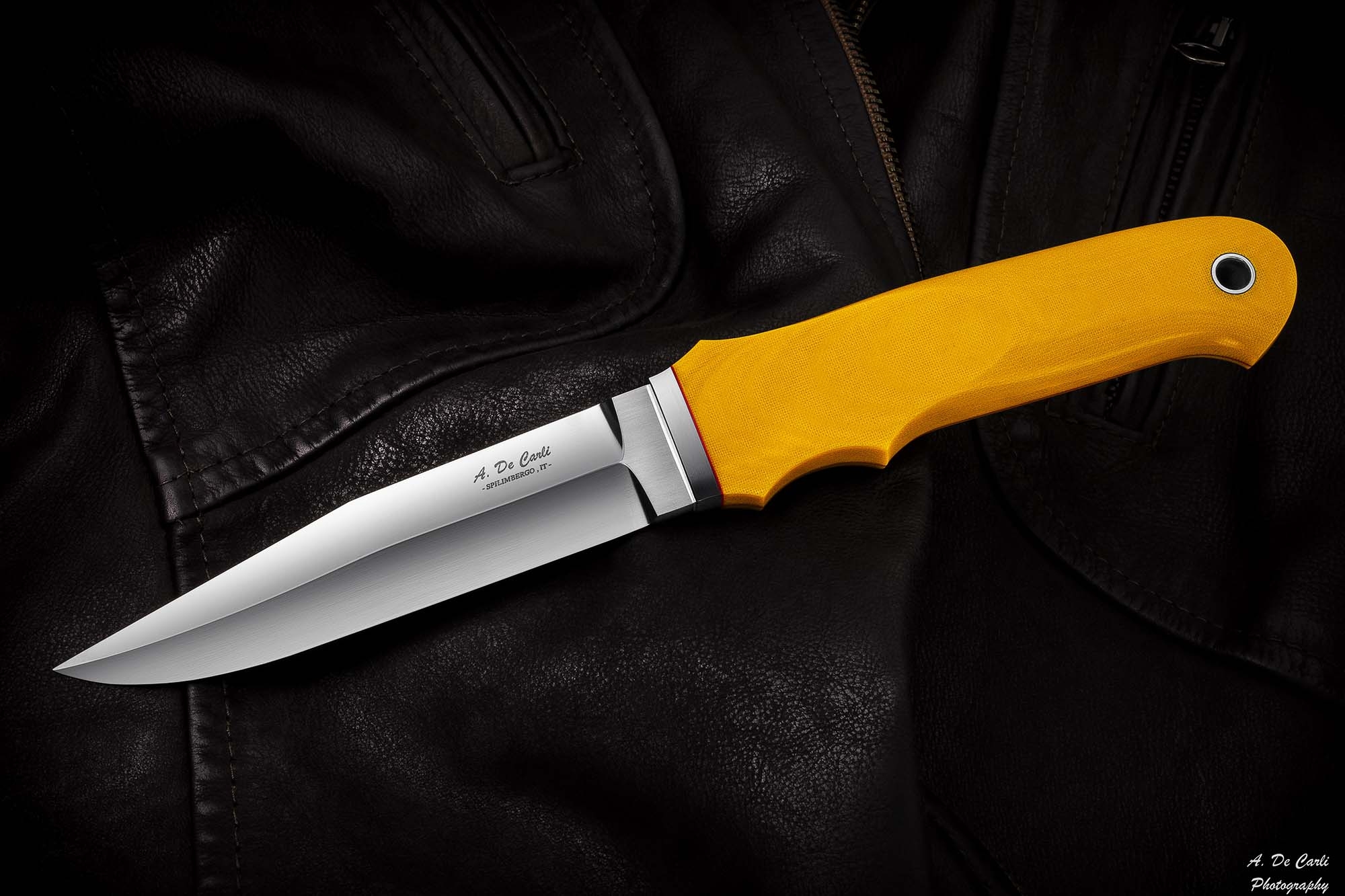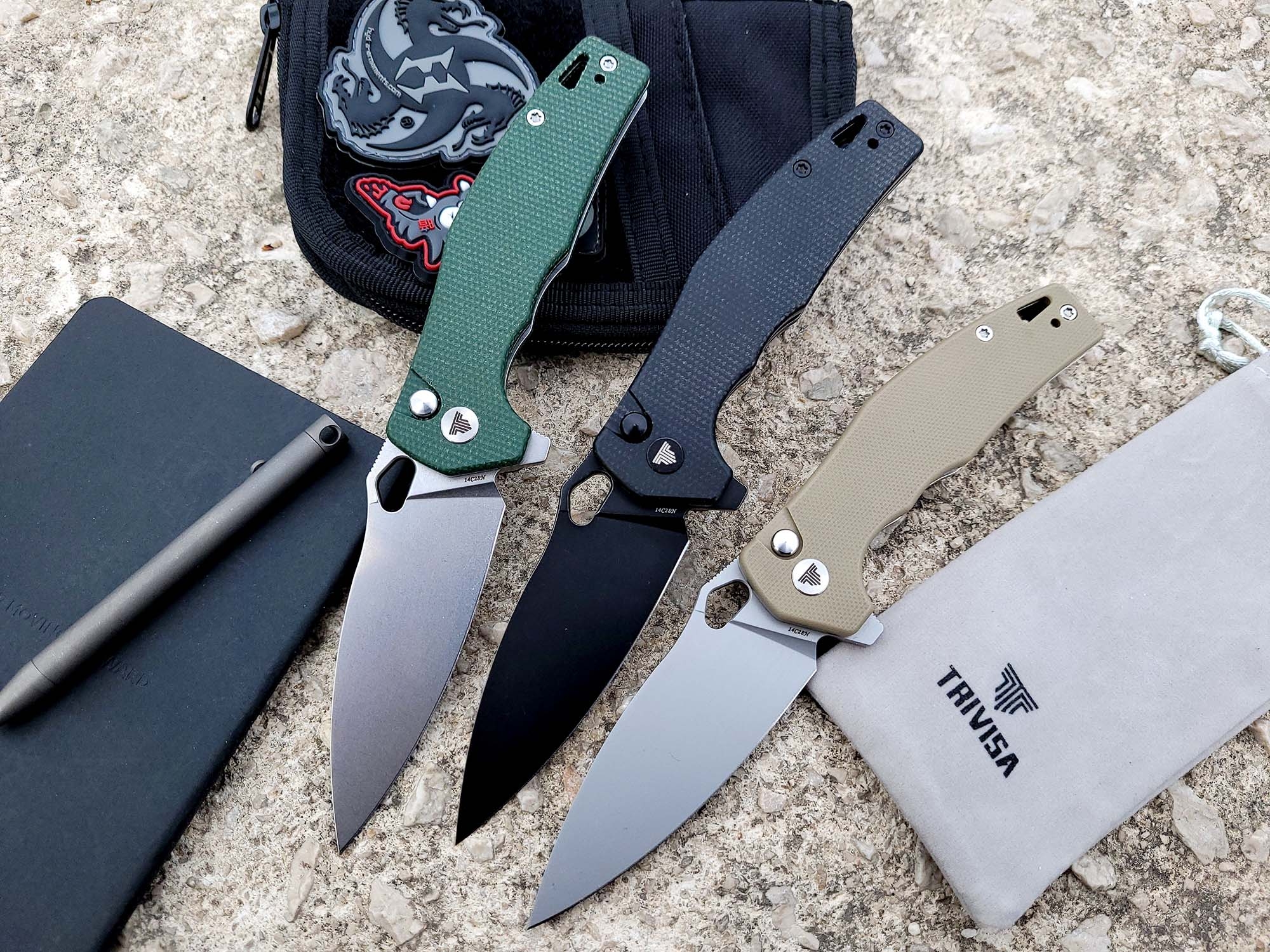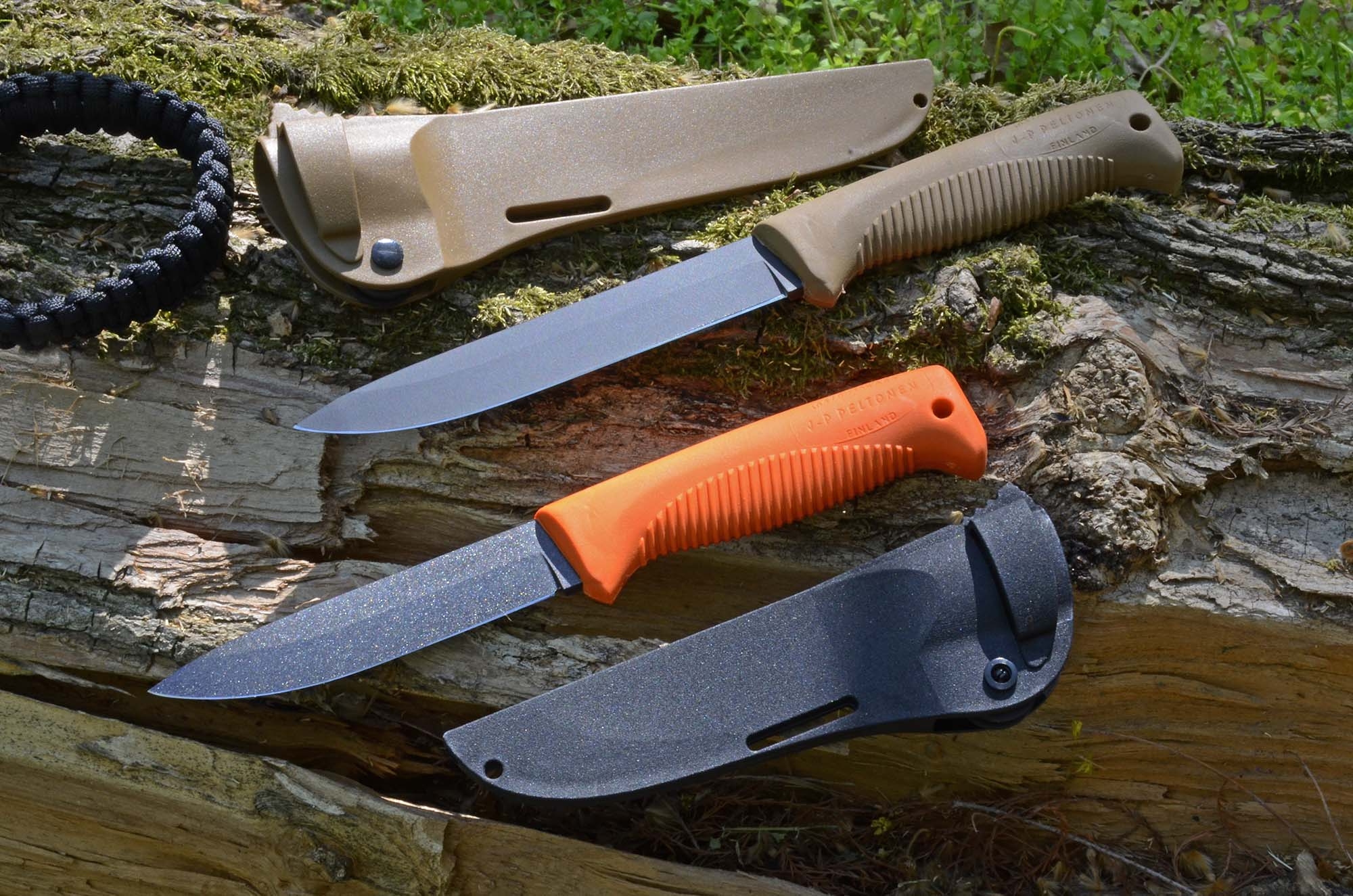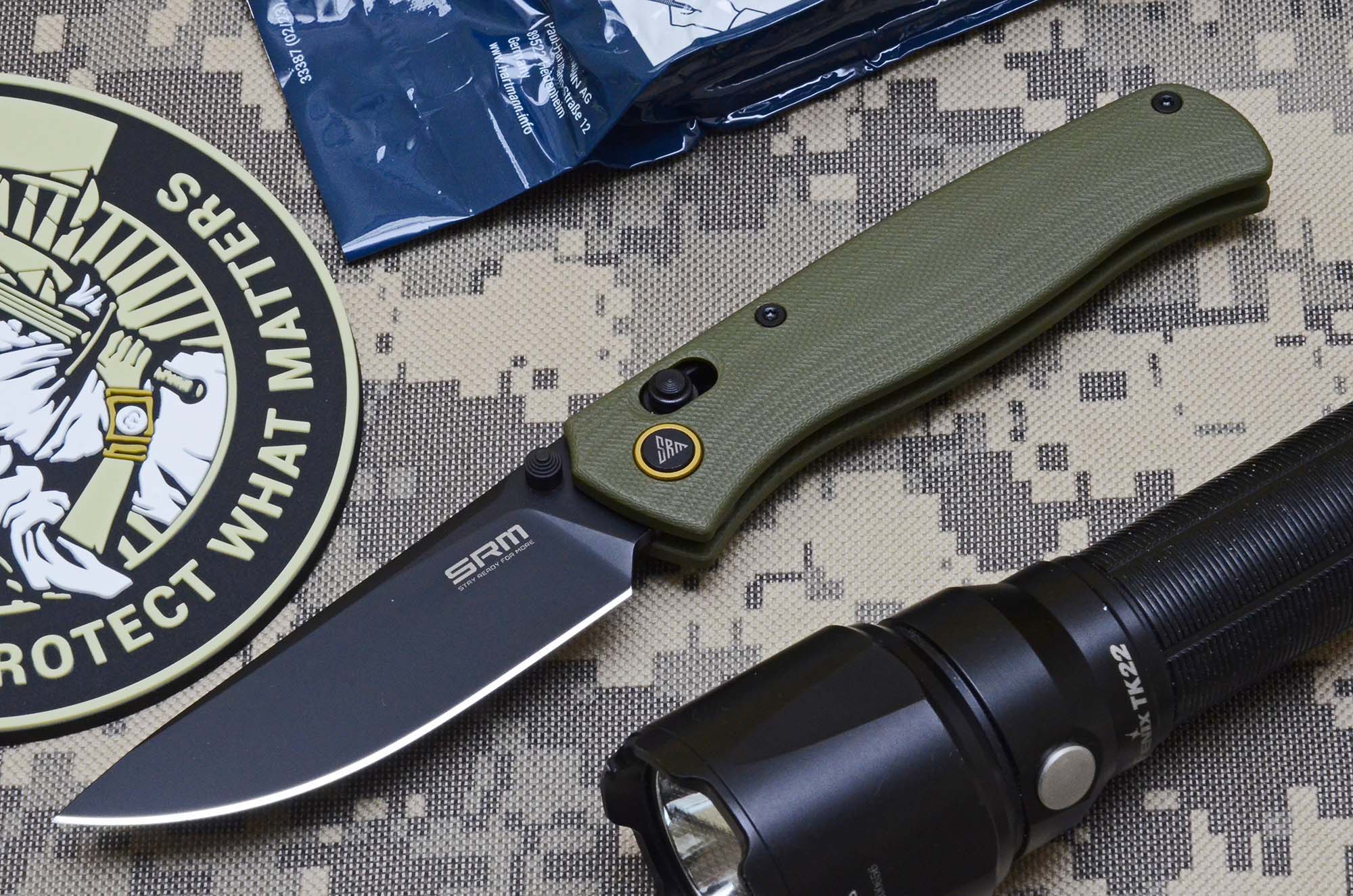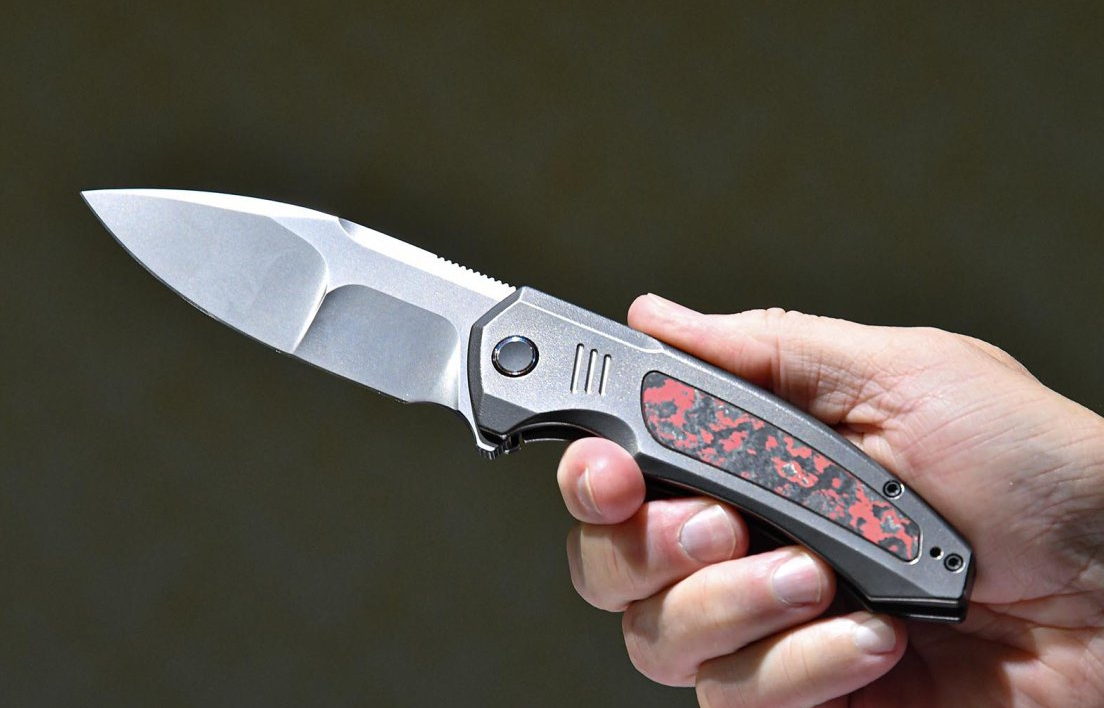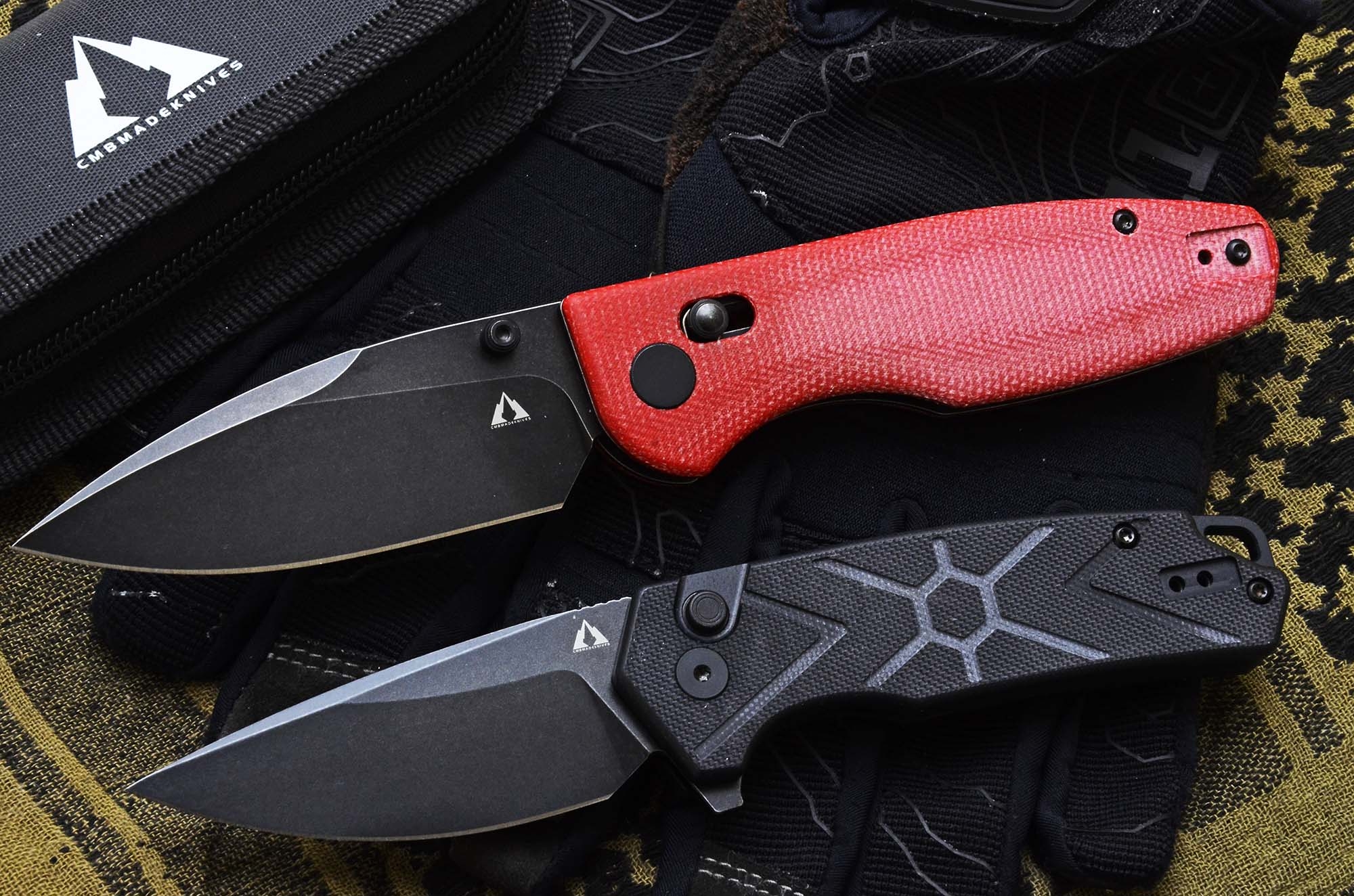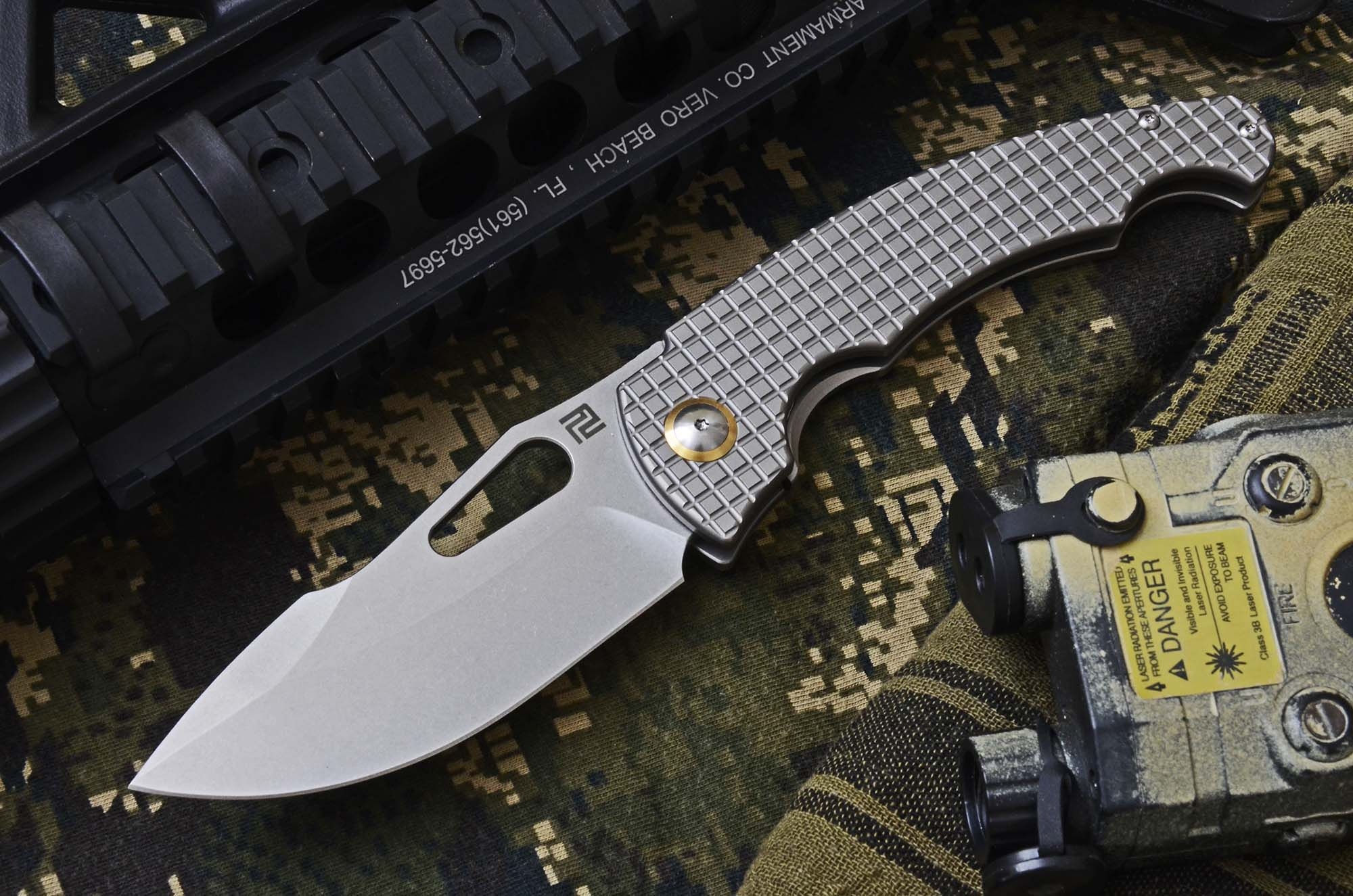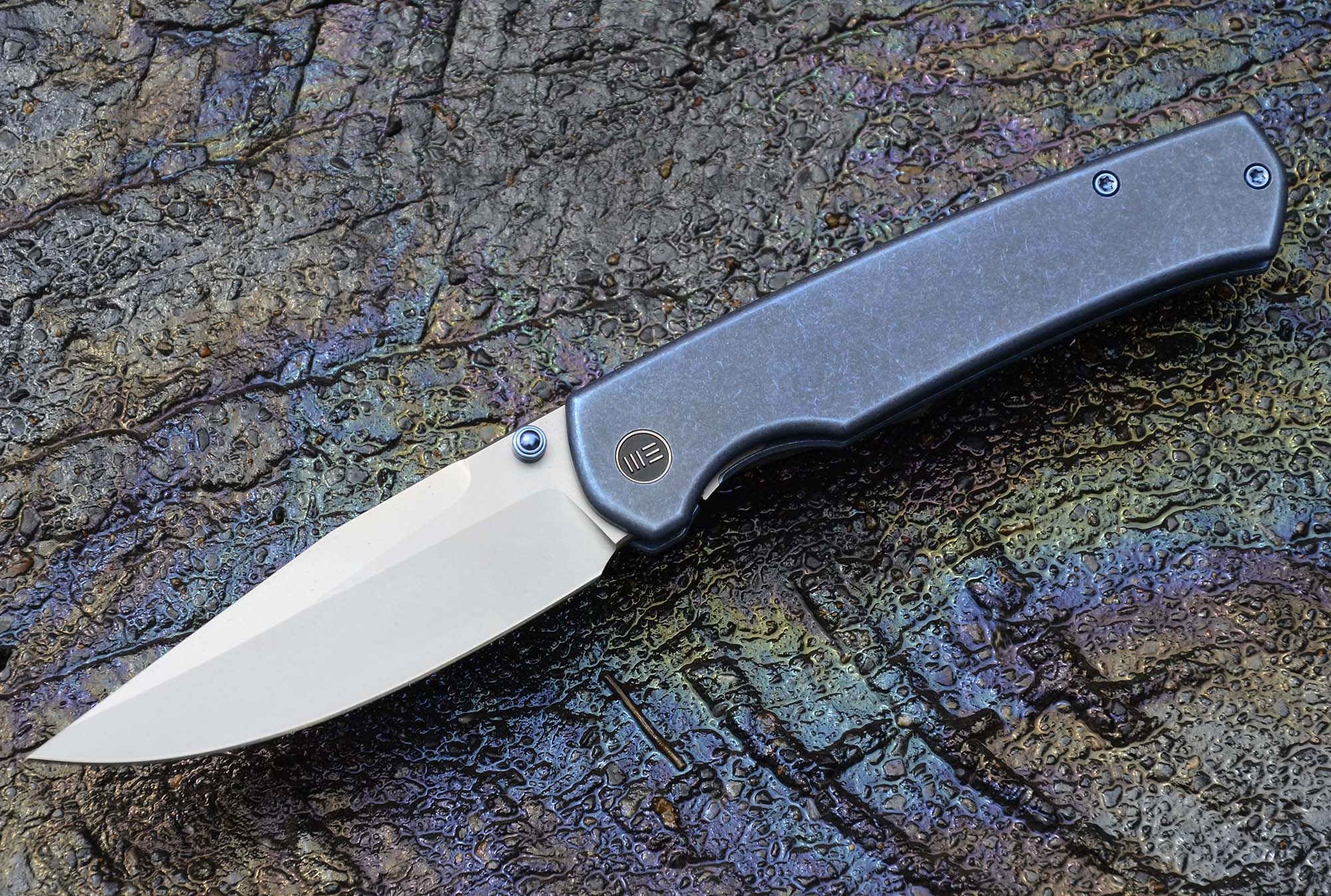Video: Sharp Art Exhibition
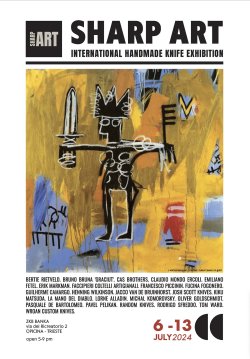
Given the very high level of the exhibits, we wanted to visit it and make a photo gallery, which would allow those who were not able to appreciate them in person to admire the masterpieces on display.
But the real good news is that Sharp Art was not born, as usual, to be a permanent exhibition with an annual frequency: the plan is to make it an itinerant event with educational and popularising purposes, which will bring around Europe the knowledge of the knife in its double soul of fundamental tool and extraordinary work of art, in open contrast to the prohibitionist ignorance that is rampant lately.
We took the opportunity to interview Ruggero Amá, the enthusiast who conceived and realised this amazing project, managing to bring together a large number of knives of the highest interest to any enthusiast.
To stay informed about upcoming Sharp Art events, please visit the Sharp Art Facebook page or the Isitaknife Instagram channel .






























